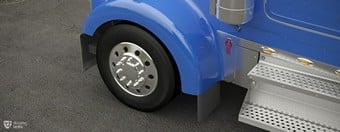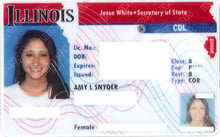Planning to drive commercial motor vehicles (CMVs) equipped with air brakes? Our practice materials are the perfect tool to prepare you for the DMV tests. Without passing, your CDL will include the restriction “L,” indicating you’re prohibited from operating CMVs with air brakes. Since semi-trucks and tractor-trailers are typically equipped with air brakes, obtaining this endorsement is essential. In fact, in Illinois, the air brakes qualification is a requirement of most companies due to the commonality of this braking system. From the flat plains of southern Illinois to the urban interchanges around Chicago and the icy winter conditions on major highways, air brake qualification is key to safety and control.
Industries across the Prairie State rely on drivers with the air brake qualification. Logistics and freight companies, charter bus services, school transportation, agriculture, manufacturing, and warehousing are just a few that require this. Schneider National, J.B. Hunt, and FedEx Freight all use vehicles equipped with air brakes. Intercity bus services like Greyhound and Megabus rely on drivers with the qualification. Additionally, regional groups like Windy City Limousine (in Chicago) and school districts are on the list because their vehicles are outfitted with air brakes. In the agriculture sector, air brakes are needed for the transport of corn, soybeans, and livestock. Likewise, the manufacturing and warehousing industries need the qualification for jobs with Caterpillar and Amazon. Simply put, the “L” restriction makes operating CMVs equipped with air brakes illegal, thus limiting your job prospects.















